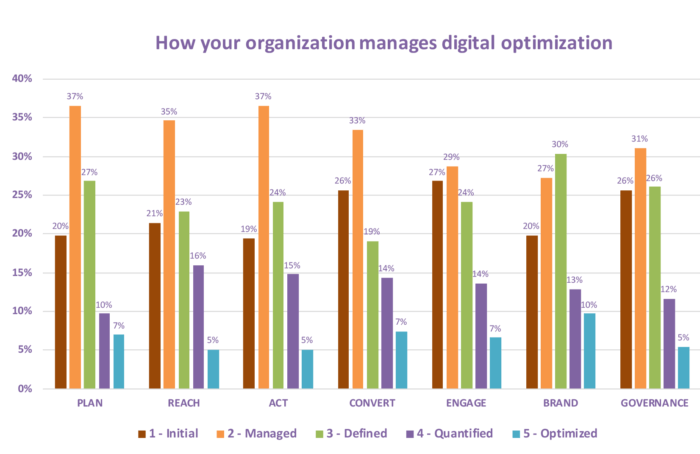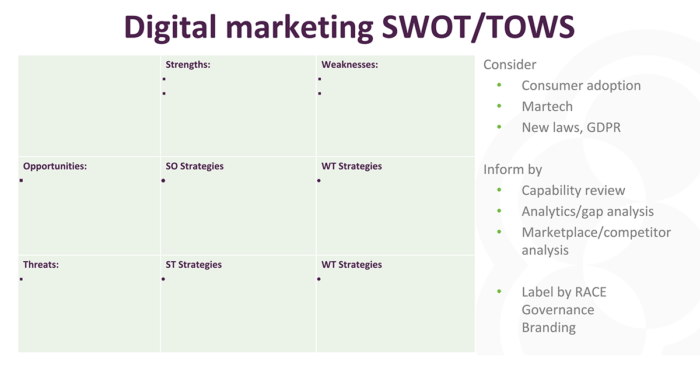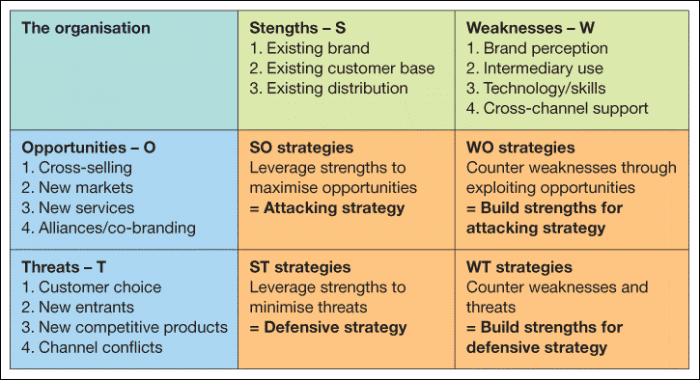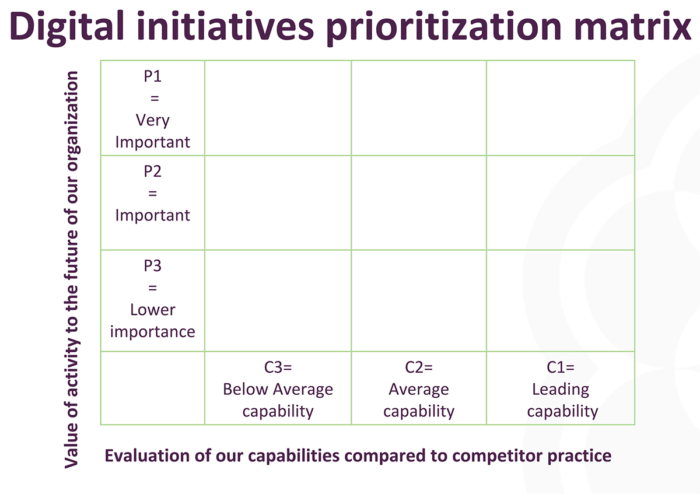“Plans and strategies are crucial.”
You hear this a lot in the marketing world but, it seems, many of us are failing to put our money where our mouth is - or finding it harder to do rather than just say.
Partnering with Technology for Marketing, we recently surveyed our members to discover how they approached digital marketing optimization. What we found was a distinct shortfall in strategy and planning activities.
We asked our members to rank their digital marketing abilities at the initial “Plan” stage of the RACE Growth Framework on a scale of one to five. ‘One’ meant having no strategy and ‘five’ stretched to a significantly advanced level. 57% of our respondents rated themselves within the lowest stages - one or two.

Download Free Member resource – Digital Marketing Optimization
This report will allow you to benchmark your organization's optimization efforts against other senior marketers based on a survey of Smart Insights members and Technology for Marketing attendees.
Access the
The Plan stage of RACE is crucial and defines the scope of all digital marketing activities that follow. Think of it as the bedrock on which you build your digital marketing tower.
Let’s quickly talk principles: to create an effective digital marketing strategy, you must first have a good idea of what you’re currently doing, as well as your strengths and weaknesses. It’s also important to understand the market and your competitors’ activities. This will help highlight areas to focus on and enables you to create actionable, measurable goals.
With that in mind, let’s revisit that 57%. It breaks down like this:
20% said they had no formal strategy at all.
37% have some prioritized activities but no goals set and minimal effort given to adopting Martech.
What does this mean?
You’ve likely heard the old adage “fail to prepare and prepare to fail”. Luckily, life isn’t as black and white as that - plenty of businesses out there are operating with passable but uninspiring success with a completely ad-hoc approach to marketing - but there is plenty of truth in its sentiment.
If you’re reading this and worrying that you fall into the camp above, don’t worry. Let’s take a look at how you can make a change today.
What’re you doing now?
The best place to start is by working out what digital marketing activities you’re already engaging in and how they are performing.
- Are you running PPC ads but not looking at their ROI?
- Are you delving into social media but on an ad hoc basis - as and when it feels right?
- How do you approach content marketing - if at all?
It’s also important to work out what your competitors are doing and how this compares to your activity. This can hopefully boost your confidence by showing you areas of strength, but it can also highlight areas where you’ll need to step up your game.
To help you get an idea of how and where to start with this process, our Marketing SWOT analysis and strategy prioritization workbook template is just the ticket.
In it, you’ll find the SWOT/TWOS analysis framework, which will help you systematically identify your Strengths, Weaknesses, Opportunities, and Threats. We talk more about the difference between SWOT and TOWS within the linked template. One of the great features of a SWOT/TOWS analysis is it is entirely scalable. You can apply it to your company’s digital marketing as a whole or on a much finer scope, such as on a specific channel.

Once you have an idea of how you fare in each category, you’ll have identified your key issues - the areas you’ll need to work hardest on. This gives you the knowledge to move onto the next step.
What can you do looking forward?
Ok, now that you know what your SWOT elements are, the next step is to think about how you can address or maintain them in the long term.
Again, the SWOT/TOWS tool will help you here, as the strategies boxes are where you’ll be working next. These prompt you to identify how to solve these issues and play to your strengths within the thinking framework highlighted in orange below:

The abbreviations in each orange box’s title stand for:
- Strengths and opportunities strategies
- Weaknesses and opportunities strategies
- Strengths and threats strategies
- Weaknesses and threats strategies
Once you’ve completed these four areas, you’ll have identified several strategically significant areas to work on - these are the beginnings of a long-term strategy!
The next step is outlined in the Marketing SWOT analysis and strategy prioritization workbook template, and involves thinking critically about what actions are needed to achieve your objectives and how you will track their progress.
When should you do it?
Of course, if you want to complete your objectives you’ll need to set aside time to do so, as well as have an idea of when is reasonable to have them completed by.
We created a prioritization matrix to help with these thought processes. It works by plotting your objectives along a 6x6 grid, identifying their priority level on one axis and your business’ capability on the other.

You should act on the most important objectives (i.e. P1 and P2) with the lowest capabilities (i.e. C2, C3) first. From there, work through the matrix steadily going toward the bottom right corner - that is, towards the objectives with lower importance that are easiest to complete.
Food for thought
This is really a whistle-stop tour of starting to think more strategically, and we hope that you’ve got a sense of the resources we have created to support you through this.
As you may also have noticed, we only looked at one element of our survey question. There’s a whole host of further insights available in the Digital Marketing Optimization 2020 Report around all stages of digital marketing optimization - not just planning and strategy. We highly recommend reading through it, reflecting on how you compare, and hopefully finding the drive to improve how your organization approaches digital marketing optimization.
Digital marketing optimization is a journey, not a quick “one-and-done" fix, and incorporating it into part of your wider ongoing strategy for success and growth is crucial.










